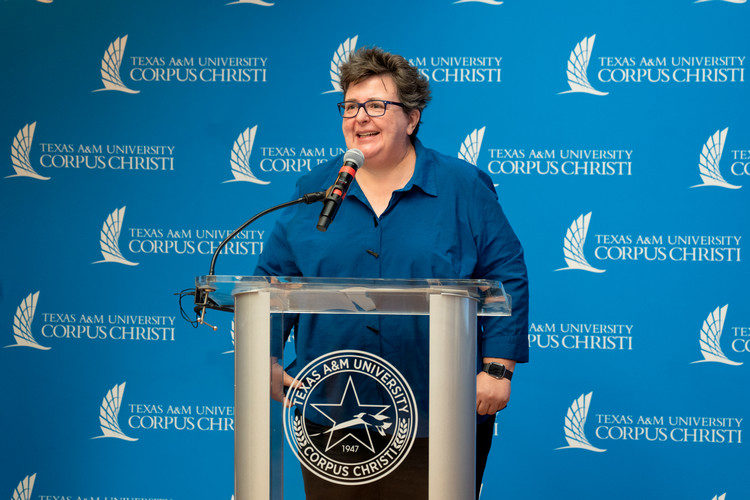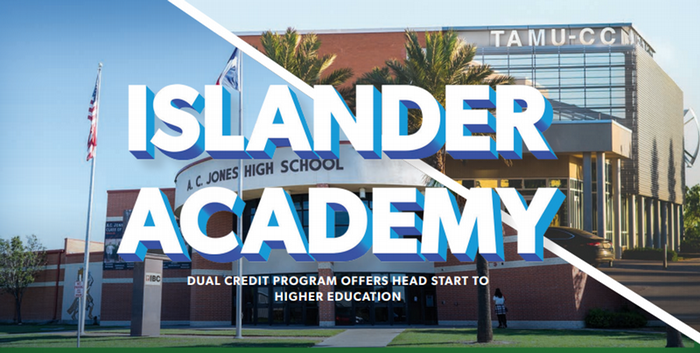Buc Days ProRodeo: Athletic Training Islanders Gain Unique Clinical Experience
CORPUS CHRISTI, Texas – From the intensity of bucking broncs to the music pumping and heart thumping race against the ticking clock, six seniors in the Texas A&M University-Corpus Christi Athletic Training Program got a taste of the cowboy experience at Buc Days ProRodeo from April 26-29. Under the supervision of Dr. Mikaela Boham, assistant professor and athletic training director in the Department of Kinesiology, future healthcare professionals gained clinical experience working with top tier professional athletes.
The students chosen to participate were Robert Garza, Sean Kendrick-Graham, Cayce Marlatt, Samantha Pearson, Shelby Rodriguez and Kevin Russel.
“It was thrilling to be behind the chutes watching the cowboys perform,” said Marlatt. “It was a whole new atmosphere for me to experience. Just seeing what their bodies go through for a mere eight seconds is amazing.”
As of last year, Boham began supervising athletic training students at the Buc Days ProRodeo with Justin Sports Medicine, where they could gain impactful opportunities such as hands-on clinical experience or learning more about a non-traditional sport culture.
“I had an amazing time working with Justin Sports Medicine,” shared Pearson. “The injuries here are different than a traditional sport like baseball or basketball. I learned to expect the unexpected.”
Being on the fence line was both exciting and challenging as Islander students cared for rodeo athletes. Amidst the dust clouds and crowd cheering, they participated with pre-event stretching, icing injuries and cleaning up bumps, bruises, scrapes and cuts. Standing near the chutes with horses and bulls, students not only had to pay attention to what happened in the arena but also to what was going on in the environment around them.
“I learned that you have to be a pretty tough individual to be a rodeo athlete because you will get hurt,” said Rodriguez. “You have to be a special kind of athletic trainer to work in this type of environment.”
Despite being injured, numerous rodeo athletes continue to participate in upcoming events because they have sponsorships and big money on the line. This dedication to the sport and willingness to ride while battered and bruised is another unique difference to rodeo versus many other professional sports, and adds a challenge to the healthcare professionals who treat them.
“I’ve had people come up to me afterwards and say, ‘Your students did a great job,’” shared Boham. “I know that our students are representing the University well on a national stage working with the best of the best rodeo athletes. Being asked to come back year after year tells me that we’re doing something right.”




























